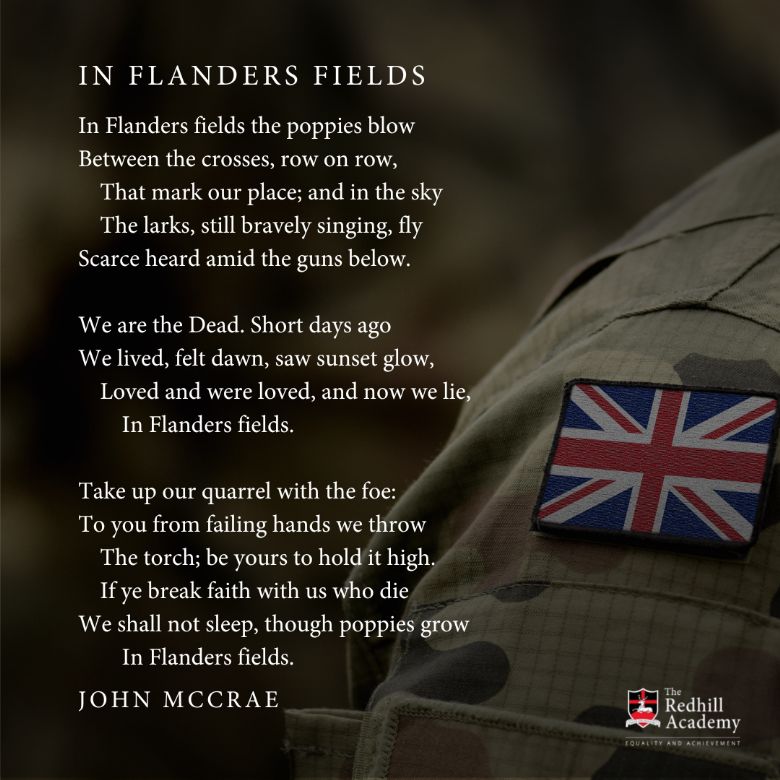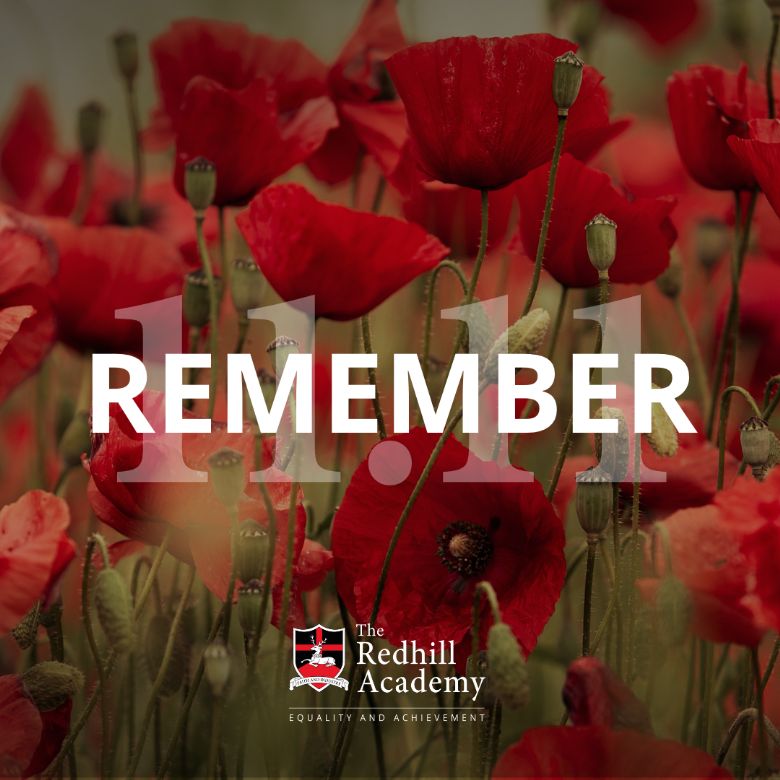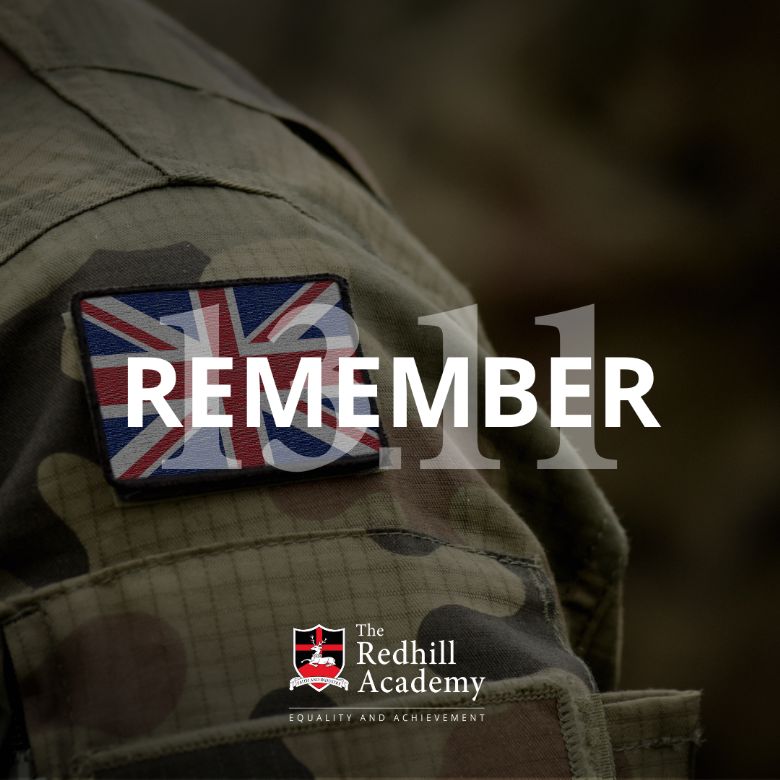
Today we honour those who risk their lives in service to defend our democratic freedoms and way of life
We unite across faiths, cultures and backgrounds to remember the service and sacrifice of the Armed Forces community from Britain and the Commonwealth.
Armistice Day
At the eleventh hour on the eleventh day of the eleventh month – we will remember them.
The Armistice, an agreement to end the fighting of the First World War as a prelude to peace negotiations, began at 11am on 11 November 1918.
Our Academy Remembrance Service will be held at 10:45am on Friday 11th November with the service will live-streamed to all tutor rooms.
Remembrance Sunday
As a community we hold Remembrance commemorations of our own. At the core of these events is the Act of Remembrance which we will be holding on Armistice Day.
The Act of Remembrance is brief and non-religious, making it exceptionally well-suited to personalised commemorations. You may assemble whatever readings, music or other elements you wish to accompany the Act of Remembrance in order to make your own ceremony or event relevant to your particular community.
The Act of Remembrance consists of the following:
The Exhortation is recited:
They shall grow not old, as we that are left grow old:
Age shall not weary them, nor the years condemn.
At the going down of the sun and in the morning
We will remember them.
The Last Post is sounded.
(A Piper Lament may be included in Scotland.)
The Two-Minute Silence is observed.
Reveille is sounded.
The Kohima Epitaph is recited (optional):
When you go home, tell them of us and say,
For your tomorrow, we gave our today.
The Royal British Legion
The Royal British Legion has been at the heart of a national network that supports our Armed Forces community since 1921.
They are the country’s largest Armed Forces charity providing lifelong support to serving and ex-serving personnel and their families.
Every year the RBL lead the nation in commemorating and honouring those who have served and sacrificed. They remember those who lost their lives on active service in all conflicts; from the beginning of the First World War right up to the present day, as well as all those who have served and their families.
The Poppy
The RBL red poppy is a national symbol of Remembrance and hope for a peaceful future.
Wearing a poppy is a way of showing appreciation for the service and sacrifice of our Armed Forces, veterans and their families, both past and present.
But what is the inspiration and history behind the poppy becoming a symbol of Remembrance?
The Western Front: During WW1, much of the fighting took place in Western Europe. The countryside was blasted, bombed and fought over repeatedly. Previously beautiful landscapes turned to mud; bleak and barren scenes where little or nothing could grow.
Fields of Poppies: There was a notable and striking exception to the bleakness - the bright red Flanders poppies. These resilient flowers flourished in the middle of so much chaos and destruction, growing in the thousands upon thousands.
The Spring of 1915: Shortly after losing a friend in Ypres, a Canadian doctor, Lieutenant Colonel John McCrae was moved by the sight of these poppies and that inspiration led him to write the now famous poem 'In Flanders Fields'.

The spread of the poppy as a symbol: The poem then inspired an American academic named Moina Michael to adopt the poppy in memory of those who had fallen in the war. She campaigned to get it adopted as an official symbol of Remembrance across the United States and worked with others who were trying to do the same in Canada, Australia, and the UK.
Also involved with those efforts was a French woman, Anna Guérin who was in the UK in 1921 where she planned to sell the poppies in London.
There she met Earl Haig, founder of the RBL, who was persuaded to adopt the poppy as our emblem in the UK. The Royal British Legion, which had been formed in 1921, ordered nine million poppies and sold them on 11 November that year.
Poppy popularity grows: In view of how quickly the poppies had sold and wanting to ensure plenty of poppies for the next appeal, Major George Howson set up the Poppy Factory to employ disabled ex-servicemen. Today, the factory and our warehouse in Aylesford produces millions of poppies each year.
The demand for poppies in England continued unabated and was so high, in fact, that few poppies actually managed to reach Scotland. To address this and meet growing demand, Earl Haig's wife Dorothy established the 'Lady Haig Poppy Factory' in Edinburgh in 1926 to produce poppies exclusively for Scotland.
Today, over five million Scottish poppies (which have four petals and no leaf unlike poppies in the rest of the UK) are still made by hand by disabled ex-Servicemen at Lady Haig's Poppy Factory each year.



